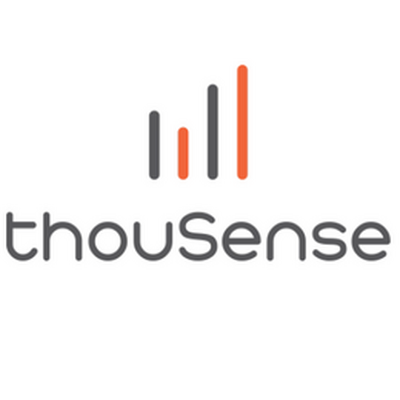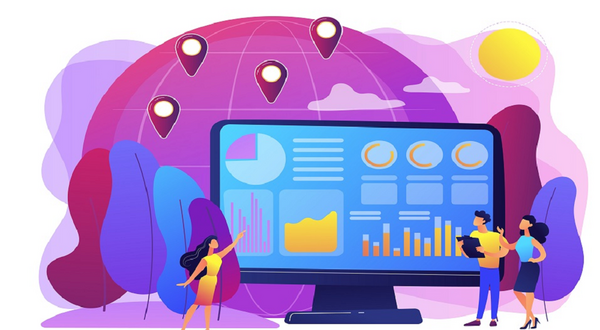Computer Vision, Voice Recognition, Robots, Fintech, Medical Technologies, Supply Chain, Logistics, and many more fields are embracing artificial machine learning and artificial intelligence (AI-ML). Each sector is eager to automate its systems and incorporate AI-ML into at least one of its activities. Even supply chain procedures are being increasingly digitalized and transformed using AI-ML technology.
Demand forecast, logistics and transportation, inventory control, production scheduling, and procurement are just a few of the supply chain elements that can benefit from the application of AI-ML ideas. One of the supply chain's components is a major talking point. But machine learning can readily deal with it. Although it is a crucial part of supply chain management, many sectors are either having trouble with it or are still employing outdated techniques. Many of the problems that planners encounter in the later phases can be successfully resolved if correctly executed. This value is utilized for logistics and transportation, inventory management, and production planning. It involves forecasting demand.
Machine learning has gained popularity as a method for demand forecasting due to its ability to examine enormous datasets swiftly and accurately. Yet, there are best practices that businesses should adhere to make sure their models for demand forecasting based on machine learning are successful.
Perks of AI-ML in Demand Forecasting:
1. Choose the appropriate algorithms.
Demand forecasting can make use of a variety of machine learning methods, including decision trees, neural networks, and regression. It's crucial to select the algorithm that works well for the forecasting issue. For instance, if the consumer demands are non-linear, a neural net may be the best option, whereas a decision tree may be preferable if the data is organized.
2. Quantity and high-quality data
For precise demand forecasting, the quality and volume of data utilized to train models using machine learning are essential. Companies should make sure their data is complete, accurate, and current. They should also gather sufficient data to prevent overfitting and guarantee that the model generalizes well to new information.
3. Enhancement engineering
The process of feature engineering includes choosing and developing features that are pertinent to the forecasting issue. These elements may be past sales data, cost data, promotional efforts, weather information, and economic indicators in demand forecasting. For the model to contain the most pertinent features, feature extraction should be determined by statistical analysis and domain expertise.
4. Routine updates
Demand patterns are subject to change over time, thus it's critical to update the model used for machine learning frequently with fresh information. By doing this, the model is preserved as accurate and pertinent to the current consumption circumstances. Businesses should set up procedures for data collection, cleansing, and preparation and maintain a regular cycle for model changes.
5. Model assessment
A crucial stage in verifying the accuracy and dependability of the model used for machine learning is model evaluation. Metrics like Mean Absolute Percentage Error, Root Mean Square Error, and Mean Absolute Error should be used by organizations to assess the performance of the model. To assess the model's efficacy, these measures should be contrasted with industry benchmarks and previous demand forecasting techniques.
6. Readability and comprehensibility
Models created by machine learning can be intricate and challenging to understand. Organizations should be aware of how the model generates its forecasts, though. Making sure that the model is producing correct predictions, might assist find any biases or flaws in it. The usage of methods like correlation-based feature analyses and partial dependency plots by organizations can help them understand how the model generates its predictions.
Machine Learning's Value
The less evident search behavior mentioned above, in which the intent to acquire is not overt, is one example of the nonlinear relationships that machine learning is particularly good at identifying and which are essential for demand forecasting. Without machine learning, even an automatic platform would struggle to find those nonlinear correlations. Real-time data combined with machine learning can be a potent one-two punch. CPGs and merchants can do the following with the understanding of nonlinear patterns in unstructured data:
- Discover new consumer habits like panic buying that are more effectively caused by outside factors like a weather disaster or the introduction of a disease strain.
- Create a scenario plan. CPGs and merchants can use computer simulations to do "what-if" analyses. For instance, depending on the predicted activities of a rival, they can assess the likely effects of running a campaign at a specific time. There are countless possible outcomes. For instance, how would a planned campaign for a CPG product that is not essential differ depending on whether it is marketed in a metropolis or a rural area? Planning of this nature requires little capital.
According to research, CPG companies have "cut prediction error by even more than one-third, lowered the volume exposed to a severe error by half, and drove a six-fold rise in realized value from investment opportunities in people, processes, and technology associated with planning." This is done by using deep learning and third-party data, such as trend data and real-time data, to sense demand through the pandemic.
Conclusion
Demand forecasting using machine learning has the potential to significantly increase the precision and effectiveness of business planning. Businesses should adhere to best practices such as gathering high-quality data, including a variety of sources of information, selecting the appropriate model, routinely updating, and improving the prototype, and tracking and assessing its performance to get the most out of this technology. Businesses may make better judgments and maintain a competitive edge in a – measured/computed environment by adhering to these best practices. To learn more about AI/ML-based Demand Forecasting visit us at https://lite.thousense.ai/



